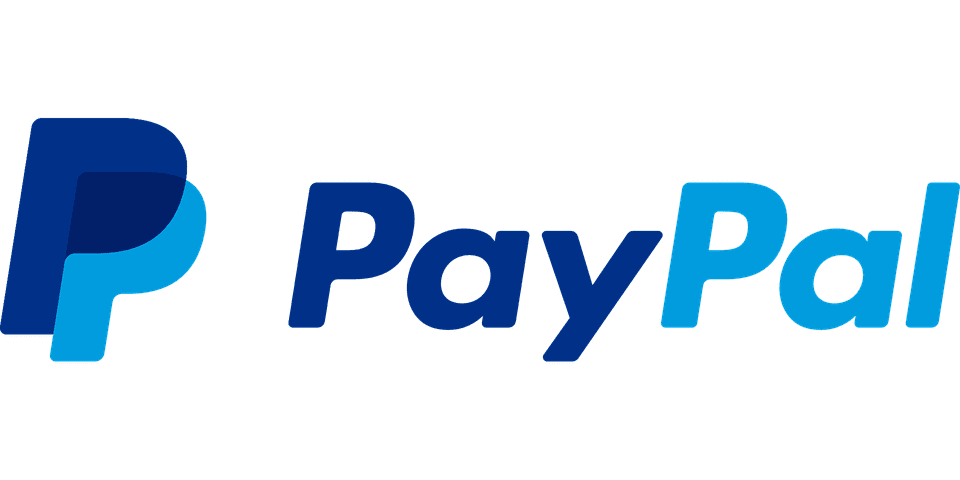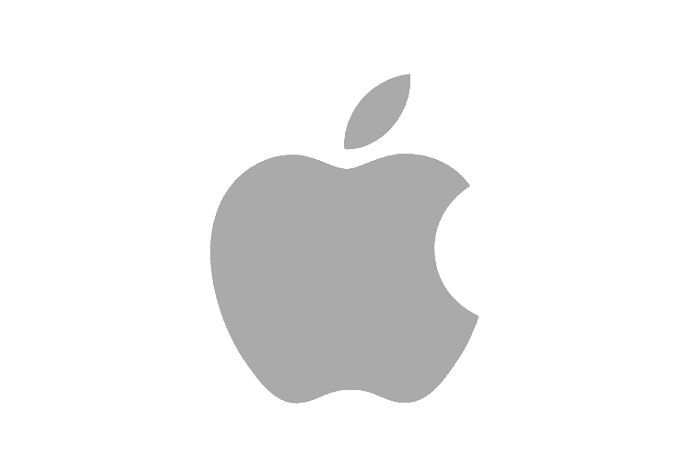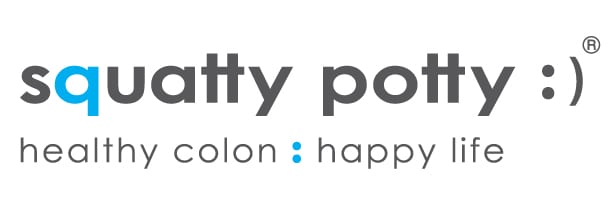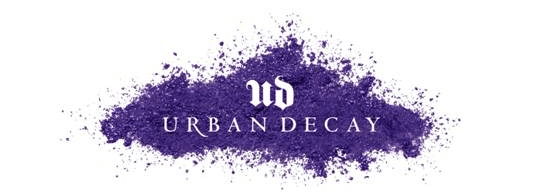Some of the best brands set themselves apart in their industry by coming up with creative brand names. Here’s what we can learn from them
If you don’t believe that having a good name will impact your business, maybe you should. After all, catchy names outperform long and complicated names on the stock market by 33%. Sometimes, being bold when naming a business pays off. These can be the names that stick in people’s heads and set up your business for success.
A name is an outgrowth of a business plan. The right name will support the growth of your business and can help improve your chances of becoming successful.
Download our Premium Resource – Brand vision and identity playbook
This playbook will enable you to define your approach, branding expert Debbie Inglis explains a structured approach to review and define your brand identity to make it more appealing to customers.
Access the Brand vision and identity playbook
Even some of the biggest brands we know have benefitted from names that supported their growth. Let’s take a look at the trademarks of four successful brands for takeaways about how to choose the best - available - name for your company:

Paypal
PayPal, the global leader in digital payments. It does exactly what it says on the tin. The P2P payments company allows everyday people to make payments, without having to lean on more expensive, traditional transfer methods like Western Union or traditional banks.
While a number of similar P2P offerings have emerged in recent years, when the company was created back in 1999, it had a very strong unique selling position (USP). Generally, in the current crowded trademarking landscape, attempting to register brand names that have descriptive elements is only recommendable for companies who have a very strong USP. This is because it is harder to trademark single English words - because they have all been snapped up - and also because it is important to choose a brand name that can stand the tests of time.
PayPal is such a perfect fit because it was the first user-focused rather than business-focused payment solution, and this image of ‘sending money to a friend’ comes through clearly in the name. The beauty of the trademark lies in its simplicity. It is descriptive, but not over the top and by keeping the length of the name to two syllables and using alliteration, it is snappy and memorable.
We always recommend the following to companies that want to include a descriptive element in their brand name:
- Try out different name types like compounds (SnapChat, SplitWave) phrases (StumbleUpon, Ready to Rise) or poetic phrases (Dunkin Donuts, Lula Learn)
- Think ahead, will your product/service have the same offerings in 5 years? Will the descriptive element still be appropriate?
- Do you have a strong USP or do hundreds of other companies describe their business in a similar way to yours?

Apple
Sticking with the theme of descriptive elements, Apple is a fantastic example of a brand that chose a single English word for the right reasons.
In the late 1970s, Apple was a technology brand aiming to disrupt a market filled with corporate sounding names like IBM, HP and Microsoft. Instead of choosing a name that described their product, they instead went down the route of choosing a word that expressed their company's mission and values.
As a company, Apple has always focused on offering an amazing customer experience, as such they chose the image of an apple, an organic fruit that is a stable part of most people’s lives. From gifting an apple to your favorite teacher to apple pie and an apple a day keeping the doctor away, the image of an apple is linked to the day-to-day routines of everyday people. It is simple, memorable and accessible.
We always recommend the following to those who want to try and use a single English word in their name:
- Instead of trying to choose a word or two words that sum up your entire brand, product and values, why not focus on capturing one single essential element? This could be your business model or your brand attributes, values and customer experience.
- Start with an idea or an image that sums up your chosen element and then try to create different versions of this idea or image, using various brand name types.
- Bring your team together to brainstorm different phrases, styles and types, and encourage people to be as wacky as possible. Often the worst ideas will inspire the best.

Squatty Potty
Squatty Potty, America’s number one toilet stool, is the perfect example of a company that took a risk in choosing a fun, lighthearted name, which ended up resonating perfectly with their target audience: millennials.
When choosing a name, one of the first elements a brand should have clear in their heads is the style they want to use. The style of your name - elegant, professional, classic, fun, pragmatic, powerful, modern - needs to resonate with your target audience. For example, if you are an investment fund aimed at Baby Boomers, you'll want to use a professional and classic style, rather than modern and fun.
Squatty Potty knew that they were targeting millennial users who are keen on healthy living trends. As such, they chose a name that is light-hearted and has used the same style for their tongue-in-cheek advertising campaigns, which deal with a serious medical issue -colon health - in a friendly, funny manner.
If Squatty Potty had decided from the outset that they were targeting large medical retailers or older consumers, they would probably have had to choose a more professional, clinical-sounding name. However, in doing so, the brand would have lost a large part of its appeal and would have had to have taken a very different approach to its marketing campaigns.
Knowing the essence of the brand you’re building before starting the naming process will allow you to explore unique, trademarkable naming angles while keeping yourself within clear boundaries.
Whenever we advise companies about choosing the right style for their brand name, we always recommend the following:
- Choose a style that appeals to your target audience.
- Create a one or two sentence project statement to keep your naming efforts laser focused. For example, we need an elegant name that immediately sounds like a high-end women’s fashion brand.
- Decide whether you want the name to describe your product primarily or another key element such as your values or mission.

Urban Decay
Another company that took a big risk with its name and has been rewarded for its creativity is the cosmetics brand Urban Decay.
As with Squatty Potty, taking this risk required Urban Decay to have an in-depth understanding of exactly who their target consumer was. As they were targeting Millennials - who want a break from the norm and tend to choose brands that match their personal styles and beliefs - the brand chose to break away from the stagnant world of Haute Couture, French-sounding cosmetics brands and try something totally new.
According to market research, millennials are less attached to mainstream brands, like Tommy Hilfiger or GAP, and more enthusiastic about creating their own style with lesser known, up and coming brands. With the slogan of “feminine, a little dangerous and a lot of fun”, Urban Decay has branded itself as risque and appealing to women with individual styles.
If a company is working in a crowded market - meaning it has a weak USP - then it really needs to start thinking outside the box and come up with names that: a) are not descriptive b) differentiate you from your competition 3) are eye-grabbing and memorable. With their name Urban Decay, the brand has created an intriguing name that is likely to make people click on their adverts and search for their brand, just to find out exactly what they sell and what their founding story is.
For clients working in brands marketing with weak USP, we generally recommend the following:
- Avoid descriptive elements.
- Know exactly who you are targeting and then choose a style and name type that is different from the competition but will resonate with your target audience.
- Get crazy with it! To differentiate your company from the competition you need to put your creativity on warp speed. Bring your teams together, grab some beers and pizza and get brainstorming!
- Make it intriguing! Names like Urban Decay, Uber, or Virgin inspire people to click on sites just to find out what they are and what they sell.
Final thoughts
There is no silver-bullet solution to choosing the perfect name for your brand. The process will take time, effort and creativity from your team. But in experimenting with different styles and name types your team may make some interesting discoveries about your company image, values, and mission.
But if there is one lesson to be learned from the successful naming examples above it is that in the current crowded trademark landscape, fortune favours the brave. So get prepared to think out of the box and consider moving out of your comfort zone.
Darpan Munjal, Founder of
Squadhelp, is passionate about disruptive, internet-focused businesses and has 22 years of experience, ranging from bootstrapped startups to multi-billion dollar Fortune 100 companies.












